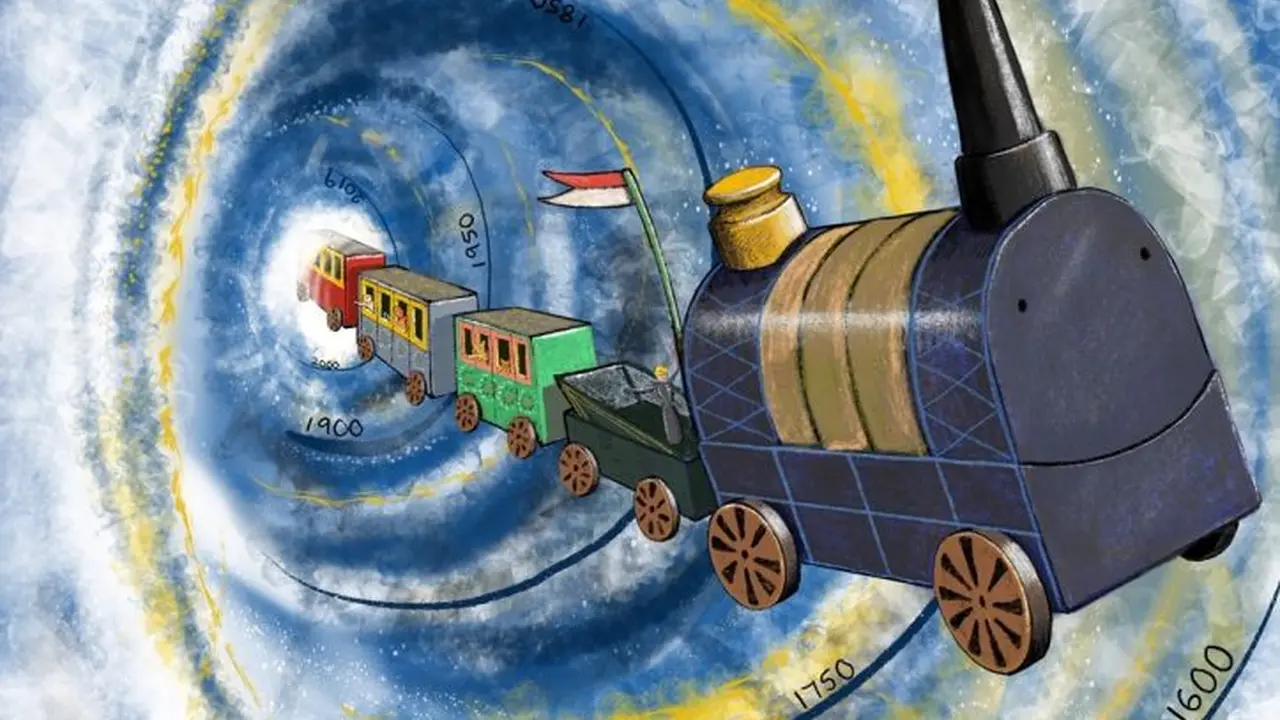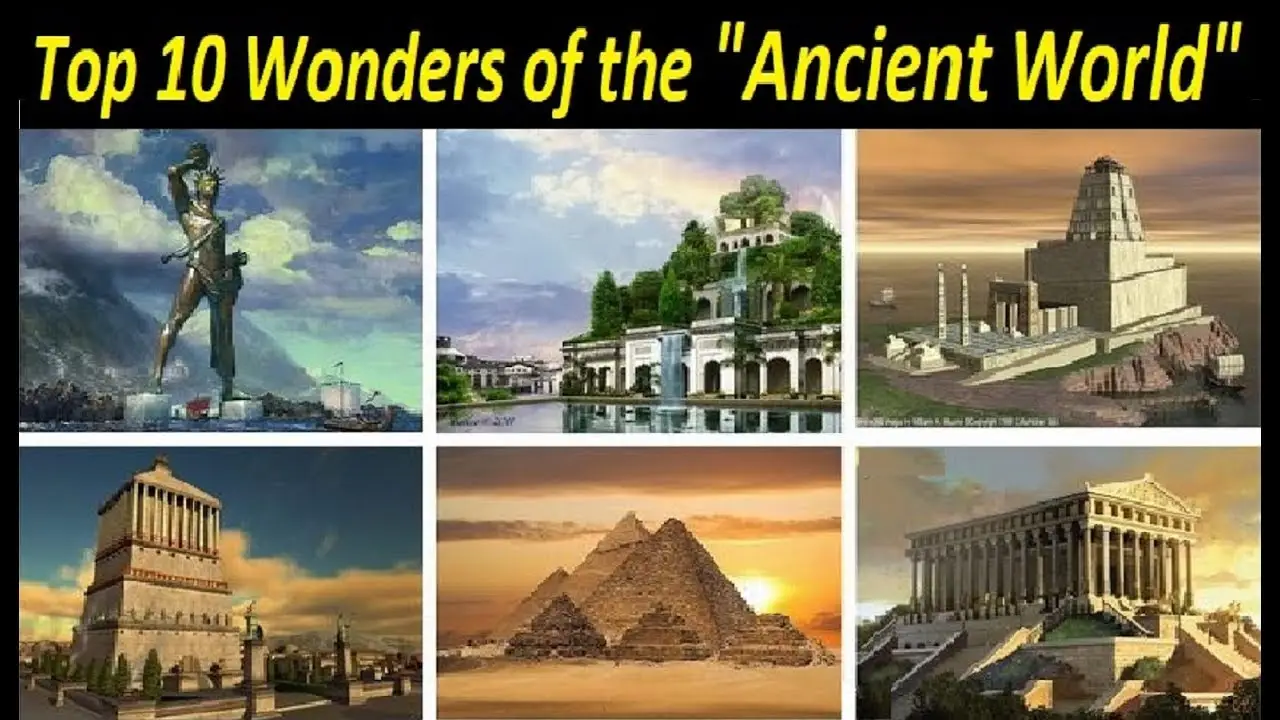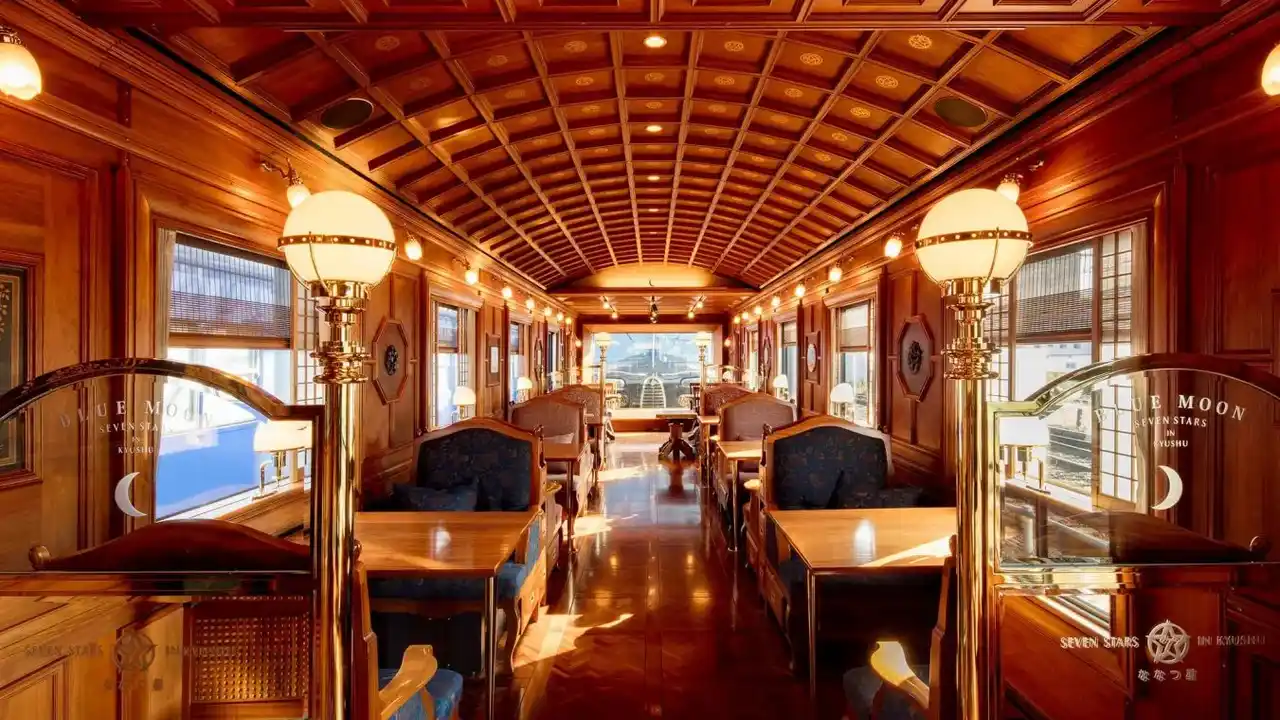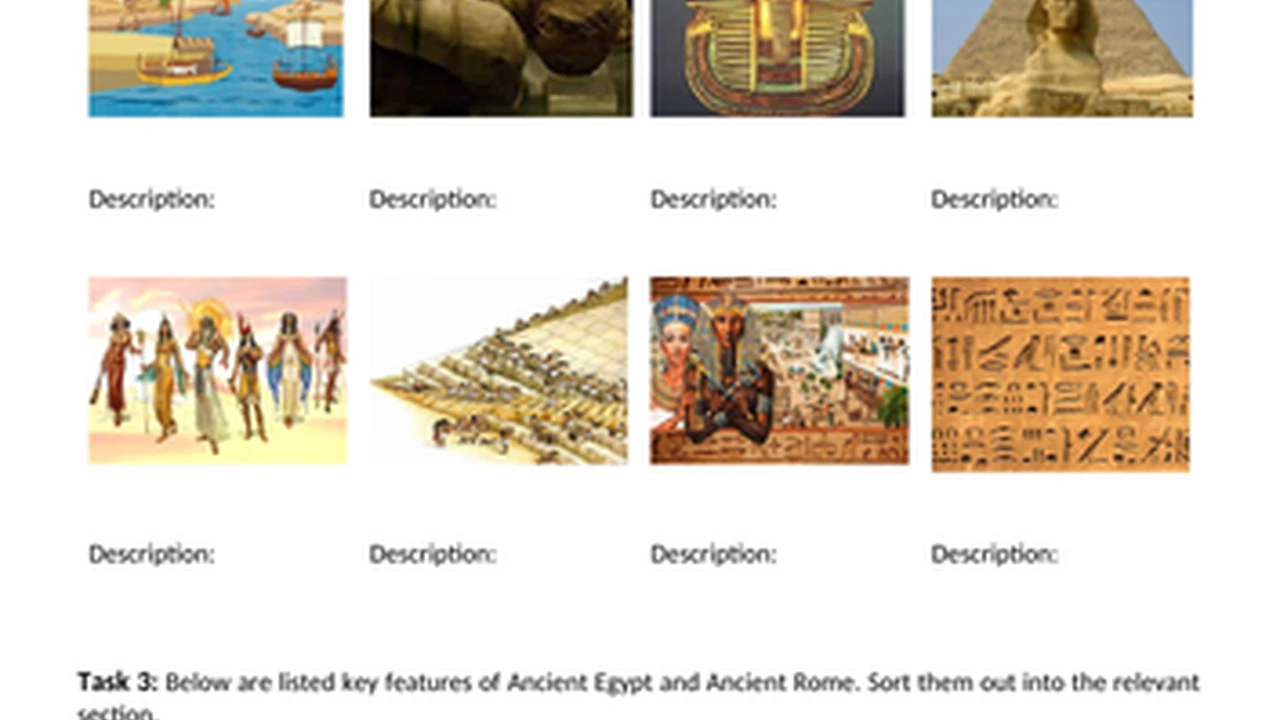5 Archaeological Discoveries That Rewrote Ancient History
Uncover the most significant archaeological discoveries that changed our understanding of ancient history.
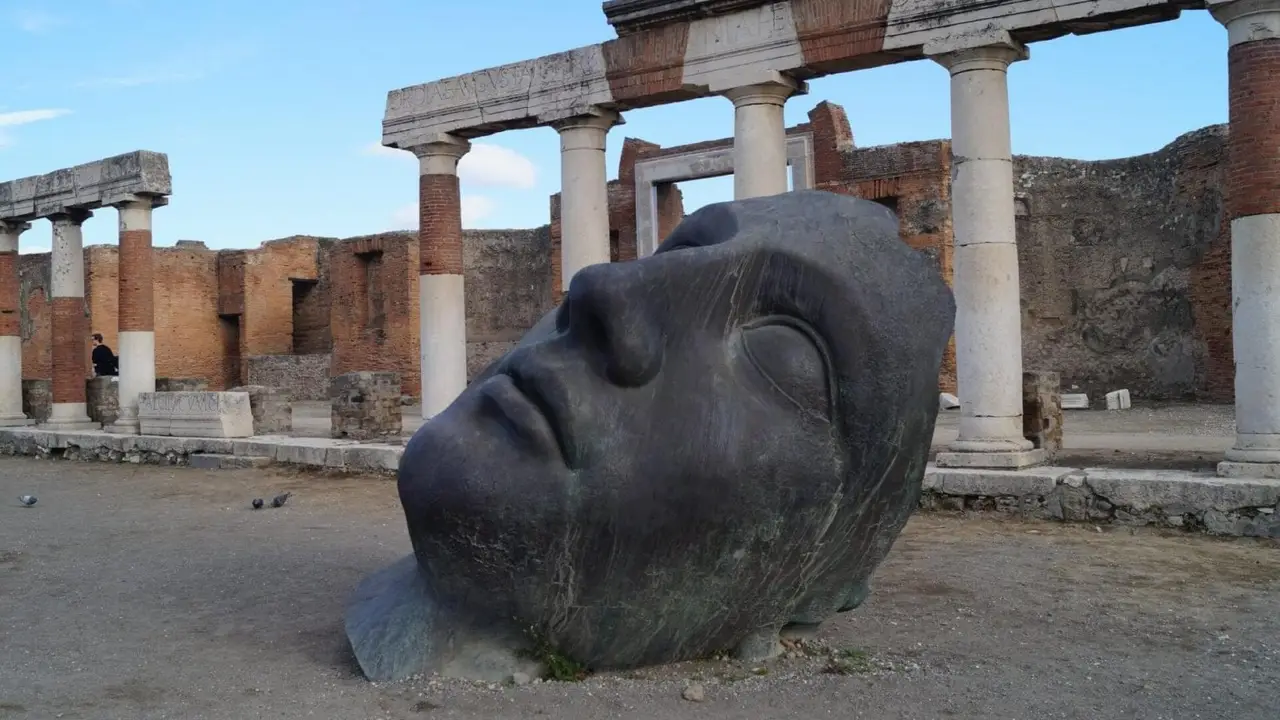
Introduction: Rewriting History Through Archaeological Finds
Hey history buffs! Ever wonder how our understanding of the past changes? It's not just from dusty old books. Archaeological discoveries are constantly reshaping our knowledge of ancient civilizations. These finds, big and small, can rewrite entire narratives, challenge long-held beliefs, and give us a clearer picture of what life was like thousands of years ago. Let's dive into five incredible discoveries that did just that!
1. The Rosetta Stone: Unlocking the Secrets of Egyptian Hieroglyphs (Key Word: Rosetta Stone)
Imagine an entire language, a complex system of writing, lost to time. That's what happened with Egyptian hieroglyphs. For centuries, no one could decipher them. Then, in 1799, during Napoleon's Egyptian campaign, the Rosetta Stone was discovered. This wasn't just any rock; it contained the same text written in three scripts: hieroglyphic, demotic (a simplified Egyptian script), and ancient Greek. Because scholars could read Greek, they finally had the key to understanding hieroglyphs!
Impact: The Rosetta Stone opened the door to understanding countless Egyptian texts, providing invaluable insights into their culture, religion, and history. We went from guessing to actually reading what the Egyptians themselves wrote!
2. Göbekli Tepe: Challenging the Agricultural Revolution (Key Word: Göbekli Tepe)
For a long time, historians believed that agriculture came first, leading to settled communities and eventually, religious structures. Göbekli Tepe in Turkey flipped that script. This site, dating back over 11,000 years (predating pottery and agriculture!), features massive T-shaped pillars adorned with intricate animal carvings. It's a complex of monumental structures built by hunter-gatherers.
Impact: Göbekli Tepe suggests that religion and ritual may have been a driving force behind the development of settled communities, rather than simply a consequence of agriculture. It forces us to rethink the origins of civilization itself.
3. The Terracotta Army: Revealing the Grandeur of the First Emperor (Key Word: Terracotta Army)
In 1974, farmers digging a well in China stumbled upon something extraordinary: a vast army of life-sized terracotta warriors, horses, and chariots. This was the mausoleum of Qin Shi Huang, the first emperor of China, who unified the country in 221 BC. Each warrior is unique, with individual facial features and expressions. The scale of the project is mind-boggling.
Products & Usage Scenarios (Terracotta Army Replicas):
- Terracotta Warrior Miniature Statue: Perfect for home decor, adding a touch of ancient history to your bookshelf or desk. Price: $20-$50.
- Terracotta Army Chess Set: A unique and strategic game set featuring terracotta warriors as chess pieces. Great for history enthusiasts and board game lovers. Price: $80-$150.
- Life-Sized Terracotta Warrior Replica: A stunning centerpiece for museums, cultural centers, or large homes. These are often custom-made and can cost thousands of dollars. Ideal for creating an immersive historical experience.
Comparison: Miniature vs. Life-Sized: Miniatures are affordable and accessible for most people, offering a small piece of history. Life-sized replicas are a significant investment but provide an unparalleled sense of scale and authenticity.
Impact: The Terracotta Army revealed the incredible power and ambition of Qin Shi Huang, giving us a tangible glimpse into the elaborate preparations for the afterlife in ancient China. It's a testament to the resources and organizational skills of the Qin dynasty.
4. The Dead Sea Scrolls: Illuminating Ancient Jewish Texts (Key Word: Dead Sea Scrolls)
Between 1947 and 1956, a series of ancient texts were discovered in caves near the Dead Sea. These scrolls, written in Hebrew, Aramaic, and Greek, contained portions of the Hebrew Bible (Old Testament), as well as other religious and secular writings. They date back to the 3rd century BC to the 1st century AD.
Impact: The Dead Sea Scrolls provided the oldest known copies of the Hebrew Bible, confirming the accuracy of later translations and offering valuable insights into the development of Jewish thought and religious practices during a pivotal period in history.
5. The Tomb of Tutankhamun: A Glimpse into Royal Egyptian Burial Practices (Key Word: Tutankhamun's Tomb)
While not rewriting history in the same way as some other discoveries, the 1922 discovery of Tutankhamun's tomb by Howard Carter was a sensation. Unlike other royal tombs that had been looted over the centuries, Tutankhamun's tomb was largely intact, filled with treasures, furniture, and other artifacts that provided an unprecedented glimpse into the burial practices and beliefs of ancient Egypt.
Products & Usage Scenarios (Tutankhamun-Inspired Items):
- Tutankhamun Mask Replica: A decorative piece or costume accessory inspired by the iconic golden mask. Price: $30-$100.
- Egyptian Jewelry Set: Replicas of necklaces, bracelets, and rings found in Tutankhamun's tomb. Perfect for adding an exotic touch to your wardrobe. Price: $50-$200.
- Tutankhamun Exhibition Tickets: Immerse yourself in the world of Tutankhamun at a traveling exhibition. Price: Varies depending on location.
Comparison: Affordable Replicas vs. Authentic Artifacts (Museums): While owning a real artifact from Tutankhamun's tomb is impossible for most, replicas allow you to appreciate the artistry and history at a fraction of the cost. Visiting a museum with authentic artifacts provides an unparalleled experience of witnessing history firsthand.
Impact: The discovery of Tutankhamun's tomb captured the world's imagination and sparked a renewed interest in ancient Egypt. The treasures found within have provided invaluable insights into the art, religion, and daily life of the Egyptians during the New Kingdom period. It gave us a vivid picture of royal opulence.
H2 Further Exploration: Resources for Learning More About Archaeological Discoveries
Want to delve deeper into the world of archaeology? Here are some resources to get you started:
- National Geographic: Offers articles, documentaries, and interactive features on archaeological discoveries around the world.
- Archaeology Magazine: A bimonthly publication that covers the latest archaeological news and research.
- University Archaeology Departments: Many universities offer online courses and resources on archaeology.
H2 Conclusion: The Ongoing Quest to Understand Our Past (This is intentionally NOT a conclusion)
These five discoveries are just a small sample of the incredible finds that have shaped our understanding of ancient history. Archaeology is an ongoing process of discovery, and there are countless more secrets waiting to be unearthed. Each new find adds another piece to the puzzle, helping us to better understand who we are and where we came from. So, keep exploring, keep questioning, and keep learning!
:max_bytes(150000):strip_icc()/277019-baked-pork-chops-with-cream-of-mushroom-soup-DDMFS-beauty-4x3-BG-7505-5762b731cf30447d9cbbbbbf387beafa.jpg)



